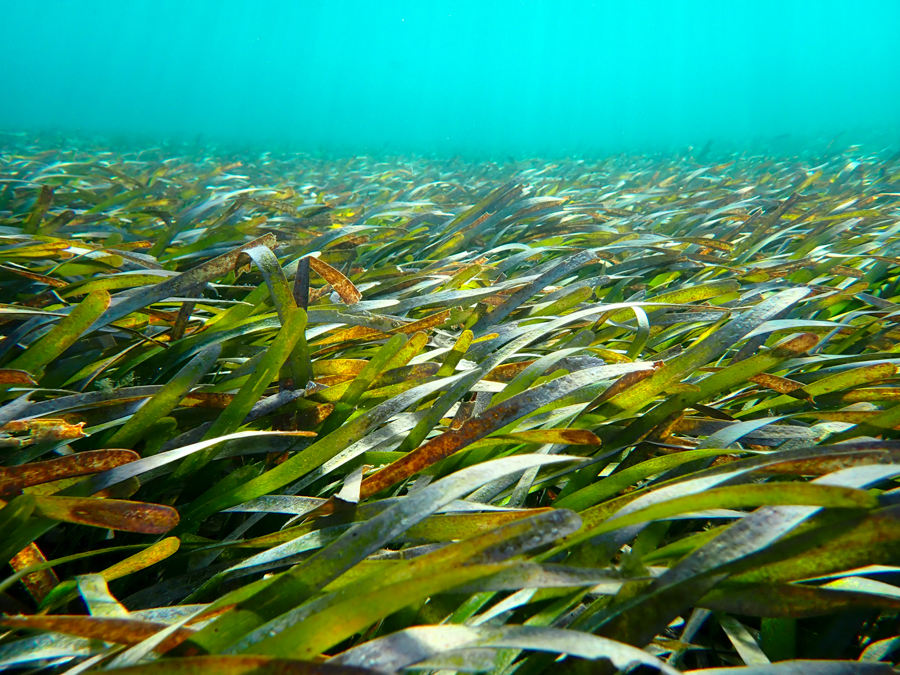Published in ICES Journal of Marine Science
Abstract
Millions of people’s livelihoods rely on artisanal fisheries. However, in many regions fishers are increasingly facing ciguatera poisoning, a seafood-borne illness. The toxin, produced by benthic dinoflagellates, can spread through marine food webs and to humans by direct consumption. Ciguatera risk can play a major role in fisher’s activities but has never been considered in any marine spatial plans thus far. To fill this gap, we examined if integrating ciguatera in systematic conservation plans could affect these decisions. We developed through map-based interviews, a novel seven-step framework to collect and map local knowledge on ciguatera risk and fisheries activities with two innovations: (i) better mapping of fishing grounds by combining geomorphological habitat and fishing gear information, and (ii) integrating ciguatera risk directly into systematic spatial planning designs and scenarios conceived to maximize benthic habitat conservation while minimizing impacts to fishers. The approach is illustrated for Raivavae Island, in French Polynesia, Pacific Ocean. We found that integrating ciguatera significantly improved prioritization solutions with a 24–38% decrease of costs to fishers compared with scenarios based solely on fishery data. This framework was designed for scientists and managers to optimize the implementation of conservation plans and could be generalized to ciguatera-prone areas.


